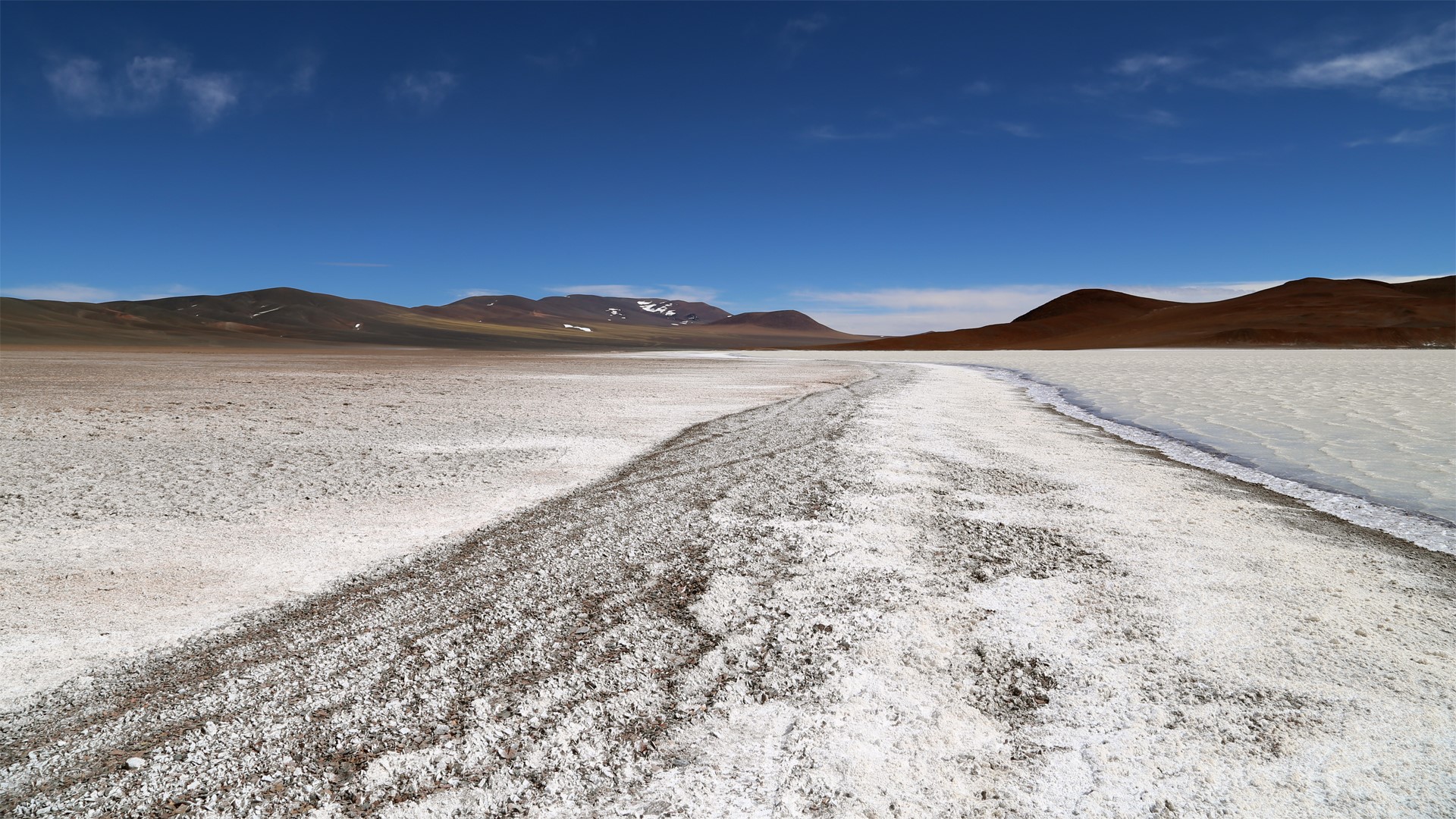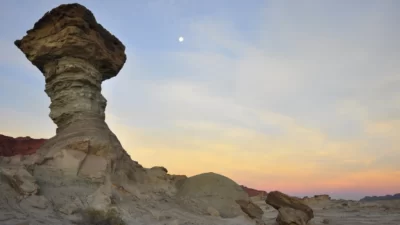
Cuyo is a very large region which includes the provinces of Mendoza, San Juan, La Rioja and San Luis. I really love this area of Argentina for its warm weather, beautiful touristic places and welcoming people. Of course, wines and vineyards are fantastic, even for a French born guy.
The Cuyo region and its typical villages
Mendoza is one of the most important city with 800 000 inhabitants. Because of lots of earthquakes in the past, the city lost its historic colonial architecture. However, Mendoza remains a very enjoyable city with tree-lined large avenues and nice squares too.
The Mendoza region produces the vast majority of Argentine wine. This alone could be a perfect reason to come here. Near Mendoza, San Juan also proposes excellent wines although less known (wrongly in my opinion).
Mendoza is located in the foot hills of the Andes, under the highest mountain of the continent: The Aconcagua. The landscapes in the surroundings of Mendoza are magical. You feel like you are on the roof of the world with Andes cordillera’s highest mountains. A lot of scenes of Jean-Jacques Annaud’s “seven years in Tibet” were shot there. Hidden here are two geological wonders which are the Uspallata village and Bridge of the Inca, where the river has sculpted a natural salt bridge.
Further north are the beautiful parks of Ischigualasto and Talampaya. These two touristic parks were designated World Heritage Site by the UNESCO the 11th of December 2000. Not to be missed!!!
Ischigualasto is a Quechua word which means “The place where the moon lands”. This outstanding park houses the world’s largest fossile collection from the Trias period (from – 245 to – 208 Million years). There are six different geological formations with a broad spectrum of ancient mammals, dinosaurs and plants. All of them witness the vertebrates’ evolution and the Paleo period’s wildlife.
The Talampaya National Park has spectacular scenery and especially the red cliffs. The landscape structure is the result of tectonic movements which raised gigantic rock masses. These rocks were eroded by the wind and the rain during thousands of years in a desert with high temperatures in the daytime and cold ones at night. A unique experience to live during your stay in Argentina.
 English
English Español
Español Français
Français

